
It is a small archipelago of rocky islands, where a great number of marine species coexist as Humboldt penguins, dolphins, flamingos and other birds.
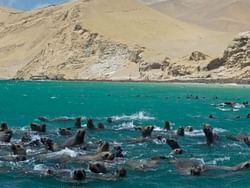
It’s the ideal destination for lovers of the sea and coastal ecosystems. In ancient times, this almost desert peninsula served as a sanctuary for the Paracas culture.
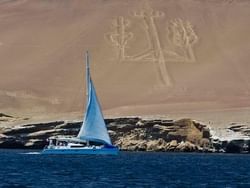
On the slope of one of the hills that form the peninsula of Paracas is this impressive design drawn on the rock and sand.
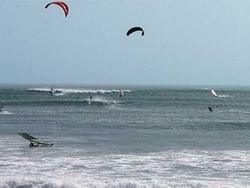
This beach is located in the north of the peninsula and is a popular windsurfing and kitesurfing destination.

Explore the museum’s world-class permanent exhibition of archaeological pieces from Paracas, Nazca, Chavín and other pre-Columbian cultures settled in Peruvian territory.
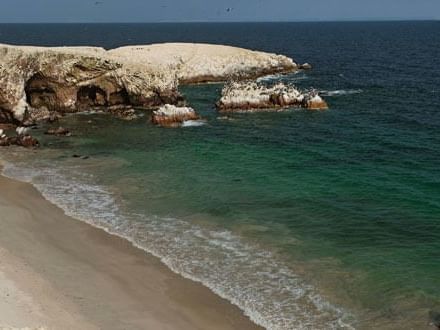
Ballestas Islands
It is a small archipelago of rocky islands, where a great number of marine species coexist as Humboldt penguins, dolphins, flamingos and other birds.

Paracas Peninsula
It’s the ideal destination for lovers of the sea and coastal ecosystems. In ancient times, this almost desert peninsula served as a sanctuary for the Paracas culture.

The Candelabrum
On the slope of one of the hills that form the peninsula of Paracas is this impressive design drawn on the rock and sand.
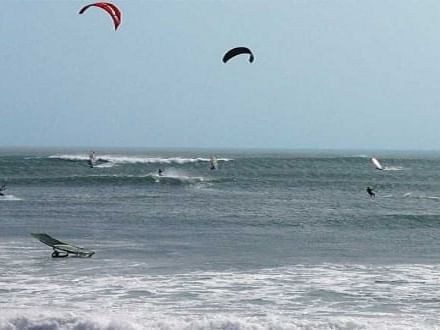
Playa Arenas
This beach is located in the north of the peninsula and is a popular windsurfing and kitesurfing destination.

Julio C. Tello Museum
Explore the museum’s world-class permanent exhibition of archaeological pieces from Paracas, Nazca, Chavín and other pre-Columbian cultures settled in Peruvian territory.

